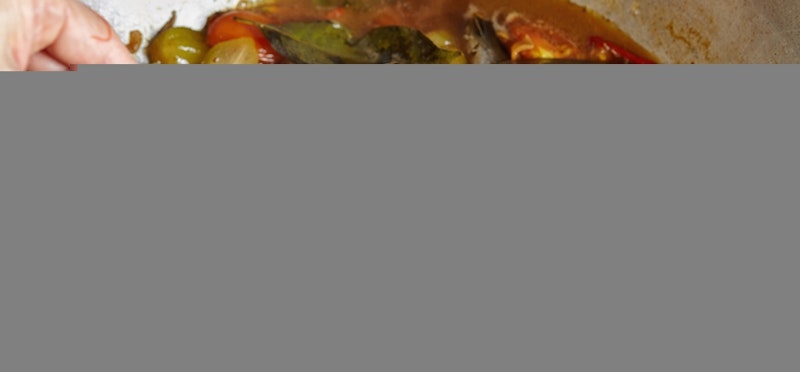Why you should cut back on sugar
There’s more and more evidence that sugar is bad for our health. Besides adding lots of “empty” calories to our diets, sugar can lead to weight gain, high blood pressure, stroke, heart disease, and diabetes. Sad for sweet lovers, but true.
Overall, Americans are eating and drinking less added sugar than before, but it’s still way too much — 13 percent of all our calories. Government nutrition advisers say that added sugars should be just 4 to 6 percent of our calories (about 4 to 9 teaspoons a day).
How can I tell if something has added sugar?
Sometimes sugar is obvious, but often it’s hiding out in frozen pizza, Chinese food, peanut butter, ketchup, and pasta sauce, and other unlikely places. Look for these words in the ingredient list:
- sugar, brown sugar
- sucrose (table sugar)
- fructose (fruit sugar)
- corn syrup, high-fructose corn syrup
- glucose, dextrose
- maltose, malt syrup
- honey
- agave syrup
- maple syrup
Check your drinks
We get nearly half of our added sugars from drinks like regular sodas, fruity drinks with sugars added, energy drinks, sports drinks, and sweetened coffee and tea drinks. A 12-ounce can of regular soda has about 150 calories, give or take a few. Over time, that can really add up.
We’re not talking about juices. Though sweet, 100-percent fruit juices don’t have sugars added to them and they’re not as “empty” nutrition-wise. It’s still good to go easy on them and eat whole fruit instead.
What can I drink instead?
Water is a safe bet. Many of us don’t get enough, and studies show that swapping sugary drinks for water can cut about 200 calories a day and lead to weight loss.
Unsweetened tea or coffee can be good swaps. Drinking these instead of sugary drinks can cut about 140 calories a day. Tea and coffee have healthy antioxidants, and coffee may also help prevent diabetes.
Diet drinks with artificial sweeteners such as saccharin (Sweet’N Low) and aspartame (Equal) have far fewer calories, but it’s not clear whether they’re a healthy long-term substitute for sugary drinks. While some studies show they can help cut calories, others have found a link between fake sugars and weight gain, diabetes, and possible kidney damage.
How else can I cut back?
Pre-made snacks, sweets, meals, and condiments can be major sources of sugar. When shopping for anything from breakfast cereal and energy bars to baked beans and barbecue sauce, read the nutrition labels and pick brands with less sugar.
Selected references
United States Department of Agriculture. What are Added Sugars? ChooseMyPlate.gov
Zheng M, Allman-Farinelli M, Heitman B, and Rangan A. Substitution of Sugar-Sweetened Beverages with Other Beverage Alternatives: A Review of Long-Term Health Outcomes. Journal of the Academy of Nutrition and Dietetics, 2015. Available online 4 March 2015. [Link]
Harvard School of Public Health. Artificial Sweeteners. Harvard School of Public Health’s The Nutrition Source.






